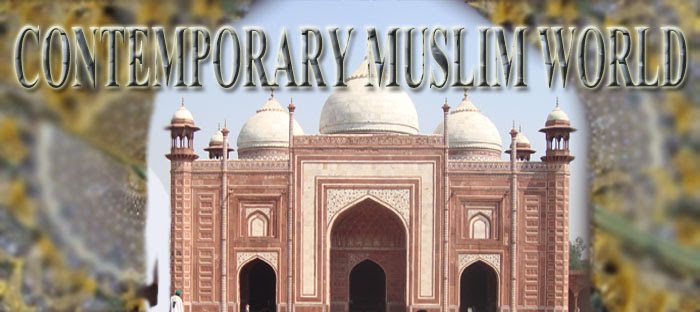Well-crafted and meaningfully written texts have often caused problems for common intelligence. They defy a universally acceptable understanding and are interpreted variously in different contexts and cultures. Contexts and cultures thus play a role in determining meanings of texts.
It is universally acknowledged that knowing the context of a text is always extremely helpful in understanding its real implications. Our commentators of the Holy Quran have developed a whole ‘science’ of Shan-e-Nuzul, that is, the context in which a Surah or a verse was revealed. Shan-e-Nuzul has always played a vital role in interpreting the Holy Quran. It has helped the modern commentators as well, though some have preferred to rely more on the text than the context.
Cultures and the customs of the society are equally helpful in explaining texts, religious or secular. Language is closely related with culture and custom and therefore the two often provide a background for understanding a text. The Quranic injunction to men, “Live with them (wives/women) in accordance with Maaruf”, clearly indicates the importance of cultural customs. Maaruf is what is regarded as good or fair by the society. It may also be what the human nature considers to be fair. Either way, it means the good aspects of culture and custom of a given society.
The Quran has given clear instructions as to how a woman should behave, live or lead her life. The Quran has also prescribed a dress code for Muslim woman which is known as Hijab. There is no detailed description of what Hijab is or ought to be. The Quran has spoken about Khimar and Jilbab. Khimar, in the Arabia of the Prophet’s time was a piece of cloth used by women to cover their bosoms/ chests. Jilbab was a gown worn by women over their normal clothes. It is not clear if Jilbab included the covering of head or not. But it was a normal practice even in pre- Islamic Arabia that women used to cover their heads with a cloth. With the passage of time it perhaps took the shape of what is called Burqa or Niqab. When Islam spread out of Arabia to Iran, India, Egypt and North Africa, the Muslims living in these regions understood and observed Hijab according to the customs of their societies and time. They did not necessarily follow the Arabian Jilbab or Khimar.
Iranian women, Muslims since the earliest time of Islam, do not veil their face but cover their bodies with a loose cloak over their normal/routine dresses. The Sudanese women have their own Hijab but they shake their hands with men whether relatives or otherwise. Similarly the Burqa used mainly in Northern India including Pakistan was never the standard Hijab for Muslim women in Kerala, Bengal and Assam. The people in Kerala believe that Islam crossed the Arabian sea and reached their shore during the time of the Prophet (pbuh) and some companions are believed to have preached in the area. Should they believe that their understanding of Hijab is inferior to that of Northern India where Islam reached quite late?
It is obvious that cultural customs have played a role in shaping people’s understanding of Hijab in various parts of the world. The diversity in the shapes of Hijab is not against Islam. It is natural. One must understand the fact that a universal religion like Islam cannot afford to be rigid; it has to be flexible and liable to slight changes provided they do not defy the basic tenets of Islam.
Take the example of a lady living in a remote place in Europe or America which has no Muslim at all. She, however, finds the Holy Quran, reads it and is so impressed that she embraces Islam. She reads the verse urging believers to talk to the wives of the Prophet from behind a curtain and abandons her habit of freely meeting and mixing with men. She reads about Jilbab and begins to wear a cloak that covers her body from the shoulder to the feet. She reads about Khimar and puts a cloth on her chest. She has not come across any verse in the Holy Quran which enjoins her to cover her head and therefore, she does not wear a scarf. Can we say that her understanding of the Quran or of the Hijab is incomplete because she does not wear the Burqa of Saudi Arabia, Pakistan and India? Obviously we can not insist that only our understanding of the Holy text was perfect.

No comments:
Post a Comment